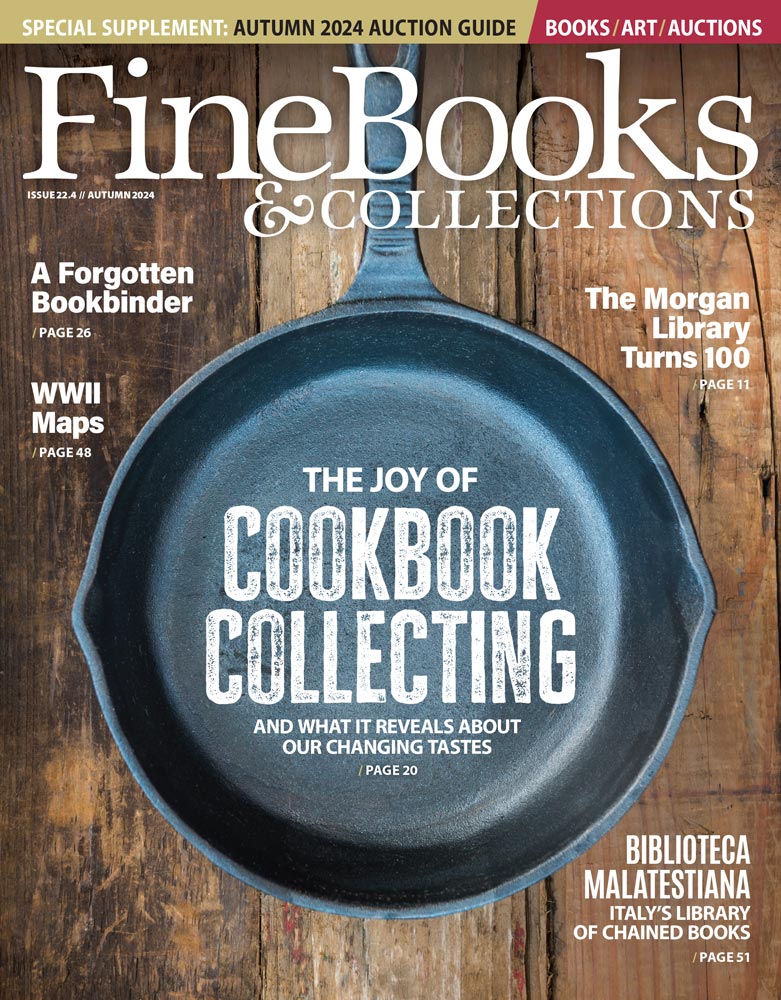October 2014 |
Audubon in England: An Interview with Christine Jackson
Today on the blog we feature an interview with author Christine Jackson about her new book John James LaForest Audubon: An English Perspective. Of the book, Jackson said, "It records the background - places, people, politics - against which Audubon's book The Birds of America was printed and sold in England in the 1830s... This book throws an interesting perspective on some of the most influential Englishmen of the 1830s and Audubon's relationship with them." Jackson is a former librarian and a fellow of the Linnean Society of London who has written a variety of books and articles on natural history subjects. Copies of Jackson's book can be purchased via e-mail on her website.
What surprised you most while researching the book?
1. The bravery of Audubon. After years travelling across wild, uninhabited America, collecting birds and drawing them, he had a heavy portfolio that he carried on his shoulder containing 400 paintings of birds. He then sailed from America in a steam packet bound for Liverpool to search for an unknown engraver in an unknown country equipped only with a few letters of introduction. The only people whom he knew in England were his wife's sister and her husband and they were hostile to him.
2. Little has been included in earlier books about Lucy and her English family. This has been rectified, with family trees. Portraits of Lucy and her family are included, as well as many other portraits of the men and women mentioned throughout the book.
3. The extent to which Audubon was entertained, wined and dined, staying in the homes of his subscribers and admirers, was remarkable. He possessed charisma and was so outstandingly talented, that he made, and kept, many friends in England. Without this hospitality, Audubon's finances would have been stretched to breaking point.
4. The fact that the aquatinter Robert Havell was prepared to devote 12 years to engraving 435 of Audubon's huge prints (39 ½ x 29 1/2 inches) and overseeing the printing of them is extraordinary. Havell also had to organize some 50 hand-colourists to paint the prints which then had to be distributed to the subscribers. Havell was the most skilled aquatinter then alive. When he had completed his task, aquatinting became superseded by lithography and Havell emigrated to America to paint its wonderful landscapes. The chance meeting with Havell in London had led to his wonderful skill being put to Audubon's purpose of printing his birds life-size. They are still the largest and most skillful bird plates ever produced, yet little fame or praise is accorded to Havell today.
What makes Audubon such a perennially fascinating figure?
In his early career, Audubon was an abject failure, with one failed business enterprise following another. Once he knew exactly what he wanted to do he became a different person, totally concentrated on his project to record and paint all the birds of America. Apart from the art work involved, he had to organize the selling of the prints - a business enterprise that he carried out efficiently.
Audubon's outstanding talent was a factor in his eventual success, combined with his own charismatic personality that engaged the trust of leading Englishmen in all walks of life. The scale of his ambition was breath-taking, taking great stamina to sustain the project through to the end. He travelled thousands of miles by horse and boat in America, crossed the Atlantic several times, criss-crossed England by stage coach and then the new railways, taking to each form of transport with gusto and resilience.
Because of the prices now paid at auction for his book, on the rare occasions when a copy comes onto the market, it attracts huge interest. Complete copies with the 435 plates now sell in excess of £6 million GBP, (approximately 9 million USD), no other bird book coming anywhere near those figures.
To whom will your book particularly appeal?
There are collectors of Auduboniana - any books or articles to do with Audubon. This one is unique in being about the time he spent in England at a particularly interesting period, written from an English perspective with background historical details.
People interested in the social and political background of the 1830s with which Audubon had to contend as a foreigner.
Anyone interested in the mechanics of producing such a monumental work as The Birds of America - the obtaining of subscribers, aquatinting, printing, colouring, distribution and the amount of effort required to finance and sell his own book.
Collectors of rare books - only some 200 copies of the full complement of 435 plates were issued, many of them now having been broken up and few remain in private hands. Even if a collector cannot afford to purchase a copy, the amazing saga surrounding the book still fascinates. Originally The Birds of America was bought by book collectors, a few by naturalists, several as investments and objects to display to dinner guests as a show of wealth and culture. This highly prestigious item has a glamour all its own for its beauty, rarity and value as a unique record of America's bird population. My book covers all aspects of the story of the book's compilation and publication.
What do you personally collect?
Reference books to assist with my publications and Chinese porcelain of the Kang Hsi period.
Any other publications in prospect?
Publication in progress: Menageries in Britain 1100-2000, Ray Society, c/o The Natural History Museum, Dept of Zoology, Cromwell Road, London SW7 5BD. Due later this year. Hoping to find a publisher for Bird Art in the 19th Century.


















